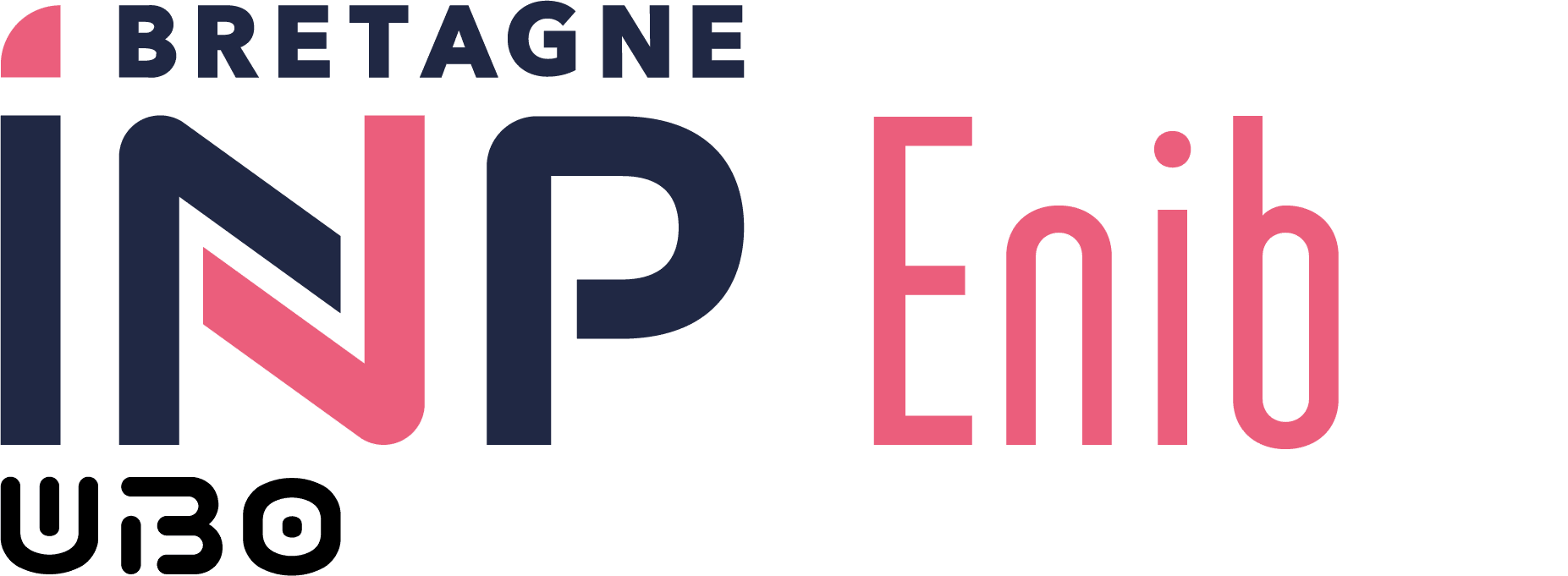AAT G1
Description
Evaluate the risks linked to the ecosystem and to the engineer's intervention, applying an ethical and critical method of action and proposing appropriate corrective measures that account for vulnerabilities.
Progression
M1 ():
M2 ():
M3 ():
AAv List (16)
01_XASHI-AAv1 (15H): At the end of the semester the student must be able to distinguish scientific thinking from other modes of thinking and to exercise it with humility in the analysis of the information chosen by the student. teacher
02_XASHI-AAv1 (10H): At the end of the semester the student must be able to apply the scientific approach (data collection, sorting of hypotheses, protocol, conclusion) to evaluate the validity of a statement proposed by the teacher or student themselves
02_XASHI-AAv2 (12H): At the end of the semester, the student must be able to identify a scientific article, evaluate its relevance and produce one based on their own research.
03_XASHI-AAv2 (15H): At the end of the course, students will be able to define the conceptual pair nature/culture, identify its historical origins and contemporary uses, and compare it with other conceptions of the relationship between humans and the ecosystem, notably through technical objects.
05_XIIS3-Aav1 (25H): At the end of Is3a, students have experienced scientific mediation and are able to transmit scientific-type information to an audience of young children (cycle 1 and 2 ). They attest to competence through a reflective approach on lived experience.
05_XIIS3-Aav2 (5H): At the end of ls3, students experience an immersive situation and a scientific information workshop around disabilities in the workplace. They demonstrate through a reflective approach how this experience modifies the notion of tolerance, the perception of disability and the integration of vulnerability in the world of work.
05_XIIS3-Aav4 (5H): At the end of IS3, the students had an immersive experience in an alternative engineering structure (low tech), they were introduced to the main principles of the low tech approach. tech. They attest through a reflective approach how this lived experience nourishes the perception of their future profession.
08_SHES-AAV_GI_optionnel_1_Entreprise (21H): The student will be able to recall the different flow loops that exist between the services and processes of a company. He will be able to recall the implications of each loop on the others. He will carry out a study aimed at optimizing flows globally.
08_SHES-AAV_GI_optionnel_2_MRP (15H): The student will be able to recall the different concepts and approaches to carry out a problem-solving process. He will know how to lead them in a suitable framework.
08_SHES-AAV_GI_optionnel_3_Lean (36H): The student will be able to recall the different issues and concepts of industrial engineering. He will be able to recall the different typologies of industrial systems and the associated tools and methods. He will be able to present the Lean approach and tools and implement them in a fictitious workshop.
08_SHES-AAV_QQE_optionnel_2_Qualité (12H): The student will recall the different concepts and approaches to implement a quality policy. He will be able to recall the important points of the ISO 9000 standards. He will be able to describe the tools and steps for setting up a quality management system.
08_SHES-AAV_QQE_optionnel_3_Outils_Qualité (12H): The student will recall the different tools used in the industry, throughout the life cycle of a product to evaluate and improve product quality.
08_X-ST8-AAV7 (200H): At the end of the assistant engineer internship, the student will be able to join a team as an engineer. He will be able to adopt a position corresponding to his level of expertise, adopt the method of organizing the work team, use the tools adapted to project management (planning, documentation, monitoring, etc.) and respect methodological standards.
09_O-IAS-AAv6 (40H): At the end of the module, students will be able to work in a team and independently in the design and implementation of a system solving a given problem using appropriate AI techniques of their choice.
10_X-S10-AAv6 (200H): At the end of the engineering internship, the student is able to join a team as an engineer. He will be able to adopt a position corresponding to his level of expertise, adjust to the organization mode of the work team, use the tools adapted to project management (planning, documentation, monitoring, etc.) interact with stakeholders external or other hierarchical levels and respect methodological standards. He will also be able to prove through a case study that he has mastered the necessary tools to manage situations that have called into question his professional ethics.
10_X-S10-AAv7 (80H): At the end of the engineering internship, the student is able to provide proof of the skills acquired through a written report meeting a formal framework imposed and an oral restitution. These skills will include a description of the economic issues of the project developed by the company, its managerial and economic model, an evaluation of the company's CSR-CDR approach and of course the technical skills acquired or consolidated during the internship.
